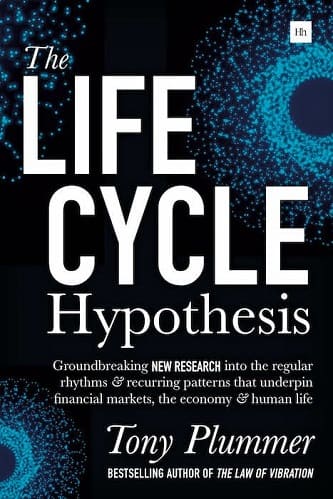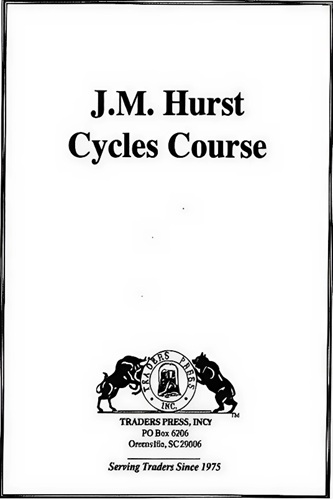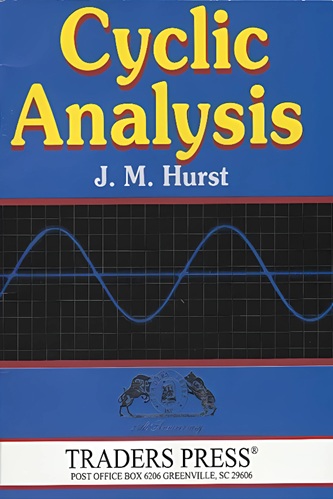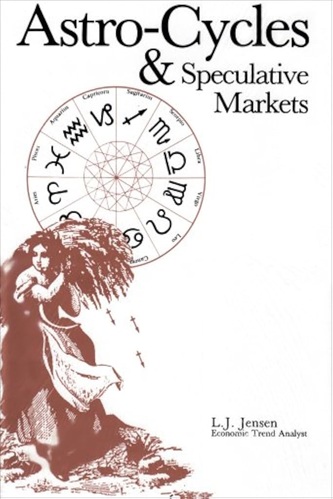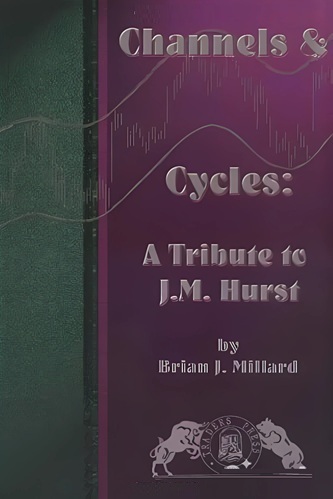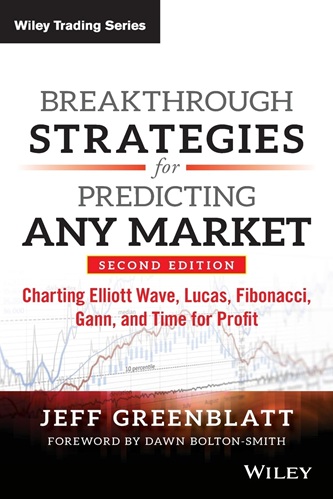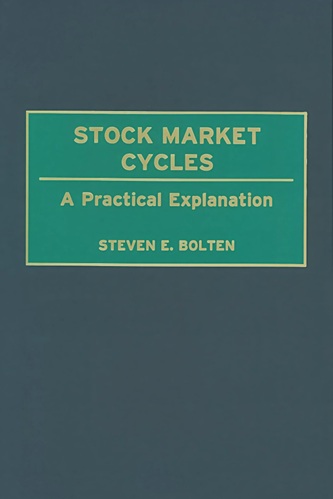The Life Cycle Hypothesis: Groundbreaking New Research Into the Regular Rhythms and Recurring Patterns that Underpin Financial Markets, the Economy and Human Life
$14.20
| Author(s) | |
|---|---|
| Format |
|
| Pages |
188 |
| Publication Year |
2018 |
The Life Cycle Hypothesis provides evidence of an ordered process behind the apparent randomness of financial asset price movements, economic fluctuations, and social trends. It shows how genuine information will have a dramatic effect on any system into which it is inserted, and will generate reactions that are essentially pre-programmed.
Introduction:
Life is vibration. Somehow we know this, but we have a tendency to treat the end result as being only quantitative, in order that we might measure it. Yet each vibration has a certain quality to it that enables it to resonate with, harmonise with, and ultimately integrate with, other vibrations. Out of these qualitative dimensions arises a natural hierarchy. Each part – each vibration –contributes to a greater whole, but that whole is so much greater than just the sum of its parts. Moreover, each element in the hierarchy – including the hierarchy itself – oscillates. I stretched towards a fuller understanding of this fundamental idea in the various editions of Forecasting Financial Markets. My observation was that the interconnected ideas of vibration and hierarchy were almost always ignored in the development of economic theory, and that the resulting policy decisions were ultimately inappropriate.
One of the difficulties facing policy-makers is that vibration incorporates downswings as well as upswings. Indeed, without downswings there could be no upswings, because living systems need periods of rest in order to generate the energy for periods of activity. This means that economic recessions and equity market bear phases cannot be avoided. This is important because evolution is literally transmitted through cyclical patterns. Once economic and financial systems have learnt that there are permanent changes in their environment, a series of fluctuations necessarily emerges. So there are two forces – oscillation and learning – that contribute to the process of change. But this is not all. The third insight – which is now developed more fully in this book –is that the effects of collective learning have a defined life span, and that the associated evolution traverses a very specific pattern. It is this pattern that dominates all economic and social behaviour.
The archetypal pattern is not of my own making. I came very close to defining it in Forecasting Financial Markets. So close, in fact, that the correct version of the pattern is almost indistinguishable from the one that I had deduced from the data. This made it particularly easy to recognise the correct configuration when I found it elsewhere. The pattern was hidden in the structure of a book authored by the legendary stock market trader, William Delbert Gann: The Tunnel Thru The Air, published in 1927. The pattern turned out also to be present in Mr Gann’s esoteric book, The Magic Word, published in 1950. The details of my findings were presented in The Law of Vibration: The Revelation of William D. Gann, published by Harriman House in early 2013.
In that book, I drew attention to the fact that the pattern had a history. The same basic configuration was hidden in the structure of George I. Gurdjieff’s book, All and Everything: Beelzebub’s Tales to his Grandson, published in 1950. Moreover – and as a sign of its perceived importance – a number of Mr Gurdjieff’s students subsequently incorporated a version of the pattern into the physical structure of their own written works. Most amazingly, however, a pattern that is almost identical to Mr Gurdjieff’s can be found in the Greek text of St. Matthew’s Gospel in the Christian New Testament. If we assume that the writer(s) of Matthew’s Gospel lived and worked in a milieu that was already rich in esoteric understandings, then the pattern’s ancestry is likely to be very much older than 2,000 years.
According to this lineage, the pattern is timeless, and describes the transmission of energy and information around living systems. Even in its simplest form, the implication is that a living organism either evolves in a precisely configured way after its own creation, or that it responds to the receipt of new information along a predictable trajectory once that evolution has started. In the more complex form that was hidden by Mr Gann, these ideas can now be taken to a whole new level of understanding. They suggest that every living organism is subject to the pressures of a very precisely-defined life cycle. This is the Life Cycle Hypothesis.
Contents:
- William Gann’s Hidden Pattern
- The Symbolic Enneagram
- The Life Cycle Hypothesis
- The Human Life Cycle
- Cyclical Behaviour
- The Life Cycle In US Equities, 1907–74
- The Life Cycle In US Equities, 1970–Present
- Lower-Level Life Cycles
- The 36-Year Cycle In Industrial Production
- The Era Of The Great Depression
- 10-Year US Treasury Notes
- The 54-Year Kondratyev Price Cycle
- The Future Of The Euro
- The Pattern Of Innovation
- West And East
- A Summing Up
- Appendix I. The Circle Of Nines
- Appendix II. Critical Ratios
- Appendix III. Data For Innovation
- Appendix IV. The S-Shaped Learning Cycle
The Life Cycle Hypothesis: Groundbreaking New Research Into the Regular Rhythms and Recurring Patterns that Underpin Financial Markets, the Economy and Human Life By Tony Plummer pdf

